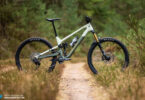Opinion | US Wilderness Act: Banning Bikes is Un-American
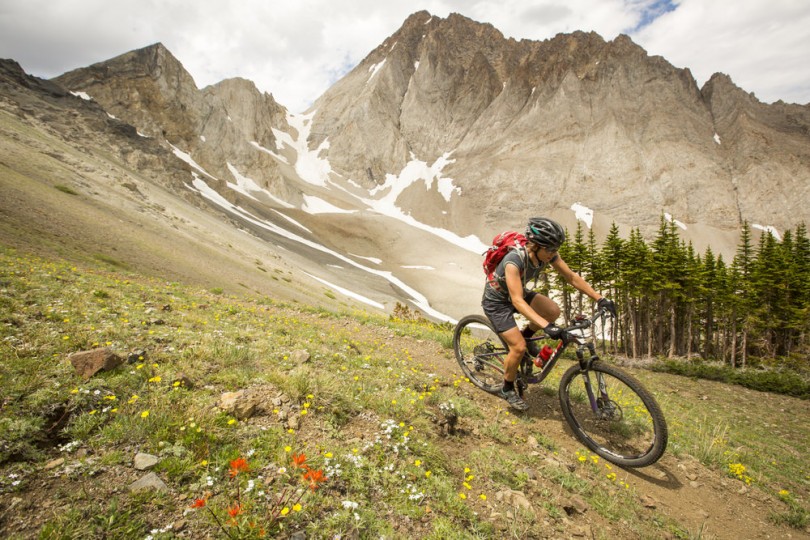
I love the outdoors. I love hiking, I love backpacking, I like (not love) horses, and I also love to mountain bike. So why is it that one mode of transport is allowed nearly everywhere whereas another mode of transport, that is less damaging to the environment, is banned in my backyard? Why is one group entitled and another group discriminated against? Why does one group get a free pass and the other group vilified?
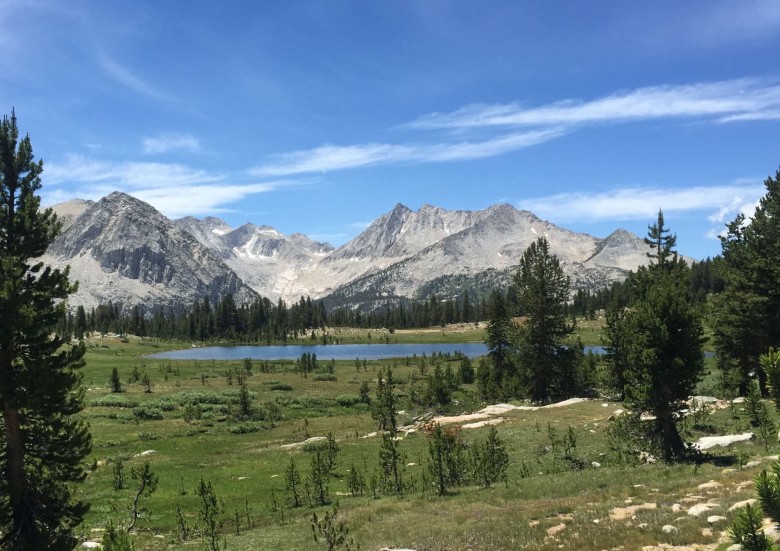
In 1964 the US Congress passed a fantastic piece of legislation that created a new land designation called “Wilderness.” Its purpose was “to establish a National Wilderness Preservation System for the permanent good of the whole people.” When this bill was first passed, 10,000,000 acres of land was set aside and protected from any development, mining, roads, powerlines, and the stuff we associate with civilization. In the past 50 years nearly 100,000,000 more acres have been added to our Wilderness areas, making the total area designated as Wilderness about the size of California and Maryland combined. These areas are now protected from development for generations to come and constitute an amazing resource that all Americans should be able to enjoy.
One of the main benefits of these lands is that all of us can go out there and explore on foot, or on a horse, and enjoy nature without the impacts associated with humankind. Given that some of our western Wilderness areas are quite large, using a horse to access these remote areas is an assumed and grandfathered right, even though environmental science has shown that equestrian use on trails is far more damaging than hiker impacts. In the case of horses, our perceivably God-given right to access Wilderness overrides any environmental impact issue, despite the inevitable impacts and environmental damage of using a 1,000 pound horse in these ‘natural’ areas.
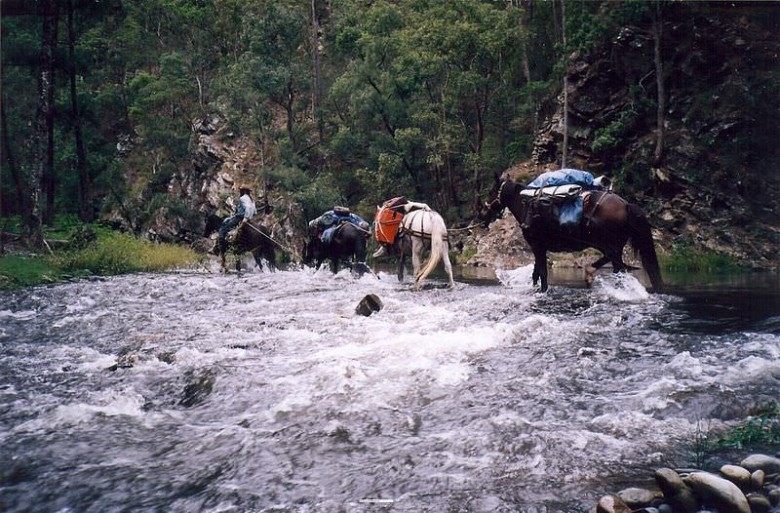
The Wilderness Act contains a sentence that states, “there shall be no temporary road, no use of motor vehicles, motorized equipment or motorboats, no landing of aircraft, no other form of mechanical transport, and no structure or installation within any such area.” In 1965, the USDA Forest Service wrote formal regulations to implement the Wilderness Act, and defined “mechanical transport” to mean a cart, sled or other wheeled vehicle that is “powered by a nonliving power source.” (CFR 36 Sec. 293.6(a)) Clearly the ban on “mechanical transport” in the original language was a statement about the impact of power, noise, and emissions of motor vehicles. Thus, the 1964 Wilderness Act allowed bicycle use, but there were very few bicyclists riding in Wilderness areas.
The implications of the Wilderness Act
Unfortunately in 1984, as mountain biking started to gain traction, the Forest Service published a regulation that prohibited “possessing or using a hang glider or bicycle” in a Wilderness area (CFR 36 Sec. 261.16 (b)). That action was one of the first bans on mountain bicycling in Wilderness areas, and it was the single largest. At the time, bicyclists were not aware of and did not participate in any public process that led to the change in the CFR. We contend that the 1984 decision to ban bicycles was not based on objective analysis of bike impacts, does not protect the environment, and ultimately, is un-American.
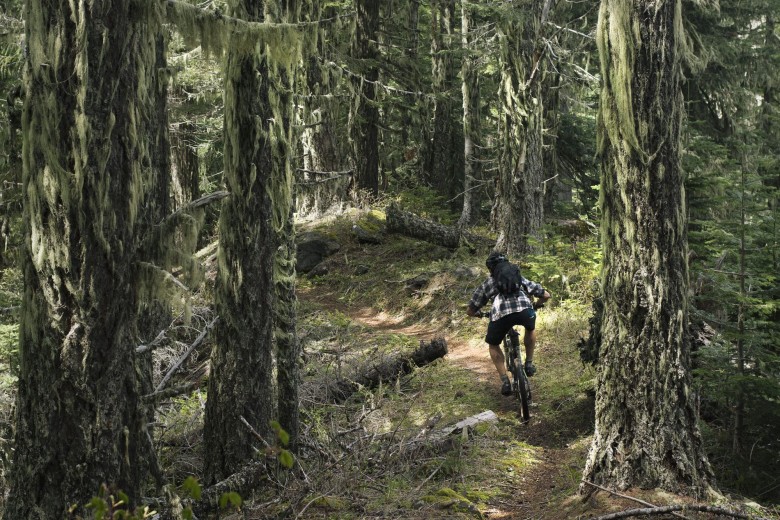
In the 21st century, bikes have effectively become the equivalent of the horse for the common man or woman. Bikes are less expensive to purchase and maintain than a horse, and can be owned by people who do not have access to stables or the land needed to board a horse.
Unfortunately, the rules have remained the same for the past 35 years and federal agencies still consider human powered bicycles to be as incompatible with Wilderness as motorized vehicles like automobiles, ATVs, and motorcycles. To make matters worse, some of those land managers use a strict interpretation of capitalW “Wilderness” to ban bikes from other areas as well. So the cumulative area where bikes are not allowed is even larger than California and Maryland combined.
Why are mountain bikes banned?
One might think bikes are banned for environmental reasons. However, on all of these lands hikers and equestrians are allowed and both scientific and anecdotal evidence show that bikes’ impact is equivalent to hikers’ and much less than horses’. So this ban is not based upon science or environmental protection, but on a misguided and unsupported belief that a bike is somehow less natural than a thousandpound horse carrying a human or pack supplies, which has “mechanical” components like the stirrup and the mechanical hackamore.
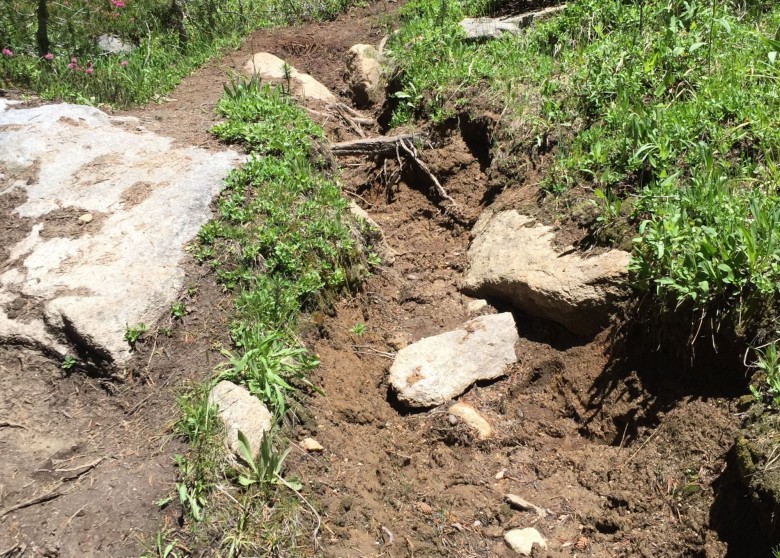
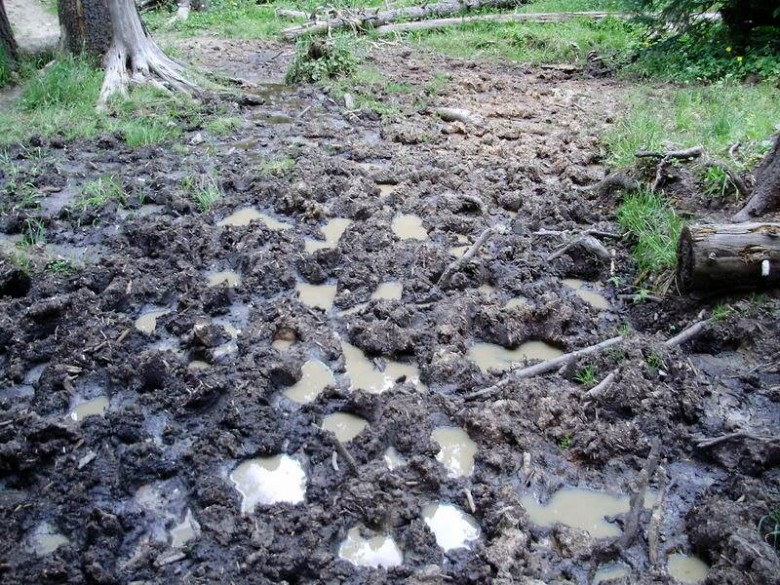
One of the sadder aspects of this ban is that the environmental community supports the ban, yet continues to support equestrian access to these same trails. So instead of embracing the growing community of people who prefer to use a bike instead of a horse, the environmental community is ignoring the facts and focusing on a pseudo spiritual view that horses are ok and bikes are bad. This support continues in spite of the fact that horses do more physical damage to trails, cause more erosion, damage plants when grazing or walking off trail, introduce invasive species with their manure, and literally poop all over the trails. This inconsistency with the environmental groups shows a clear and unmitigated bias against anything new and in the end, is detrimental to the environmental movement as it is excluding a user group nearly as large as those who regularly backpack.

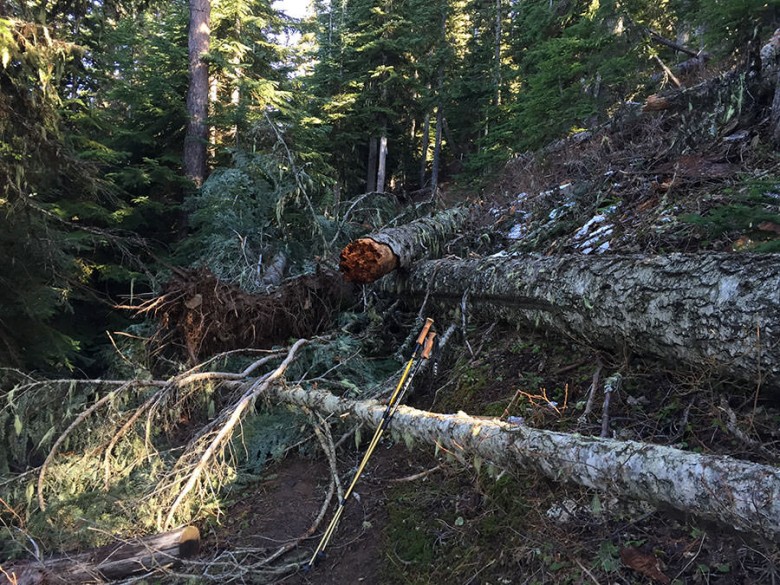
To make matters even worse, the draconian interpretations of the Wilderness Act have been extended to cover the maintenance tools that land managers use when caring for our trails. So the federal agencies bar their own employees and volunteers from using wheelbarrows, chainsaws and other basic tools in Wilderness. Partly as a result, according to the U.S. Government Accountability Office, the U.S. Forest Service can maintain only about 25 percent of its trail mileage! The forced use of pre-industrial tools is creating a crisis on our trail system. Americans are loving the heavily used trails to death, and conversely, seldom accessed trails are becoming overgrown and disappearing. In summary, many of our trail systems are falling apart and cannot be repaired given the combination of limited funds and the uneconomical forced use of pre-industrial tools.
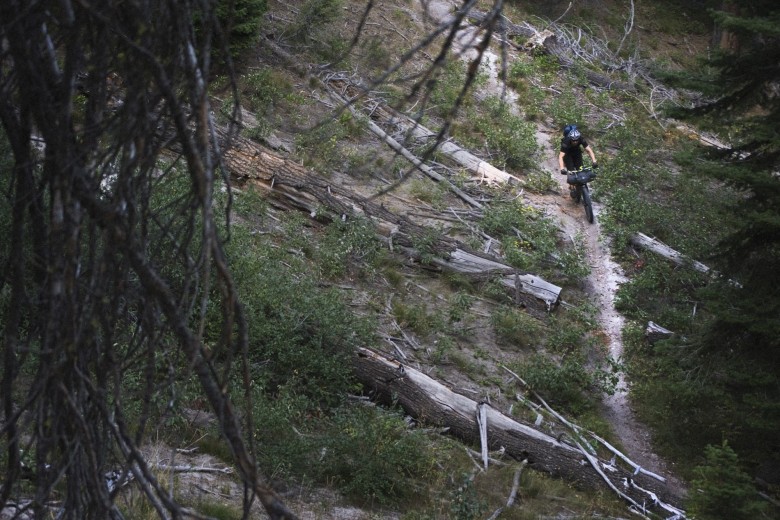
So what are mountain bikers doing about this situation?
As mentioned, the blanket ban on Wilderness mountain biking stems from federal agencies’ misguided interpretations of an almost perfect federal law. Unfortunately, for the past 30 years the mountain bike community in America has had very little success working with the Wilderness Act as it stands today. Advocacy groups like the International Mountain Bicycling Association (IMBA) have tried to work with land managers like the U.S. Forest Service, environmental groups like the Sierra Club, and local politicians to try to protect individual trails when new Wilderness areas are designated.
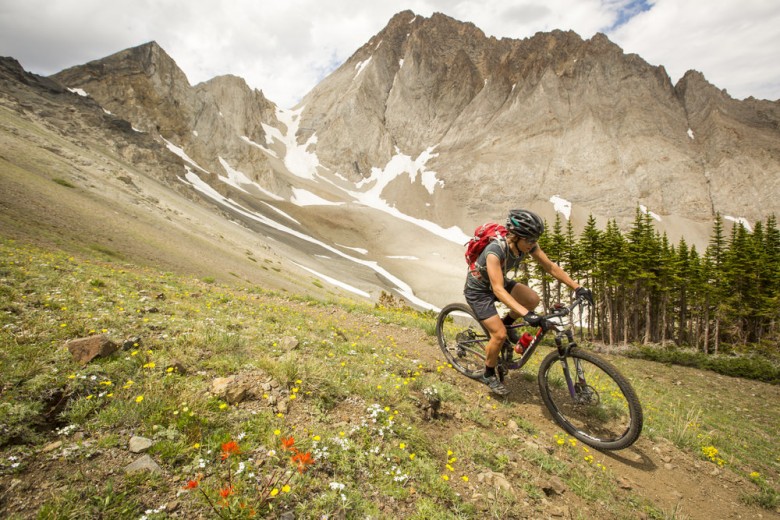
However, as with the recent Boulder-White Clouds Wilderness Area, a majestic preserve in Idaho that mountain bikers had long ridden, whenever a new Wilderness area is designated, bikes are banned. So the past approach has been failing — more and more miles of trails have become illegal for mountain bikes, yet are fully accessible by horses. This approach of trying to work with the environmentalists to modify what gets designated has not been working. Environmentalists are ignoring fact and science-based reasoning that shows mountain bikes are no more damaging than hikers, yet continue to recognize and support access by equestrians who create far more environmental impact.

Before today, no one has tried to use the legislative process to remove the blanket ban on bikes.
The good news is that there is now a group of ardent people who enjoy mountain biking called the Sustainable Trails Coalition (STC), which is attempting to address this issue by waging a serious, strategic lobbying campaign in Washington with the help of seasoned, D.C. based, political professionals. We are actively engaging members of Congress to find reasonable politicians who can see that a blanket ban is inappropriate, unnecessary, and un-American.
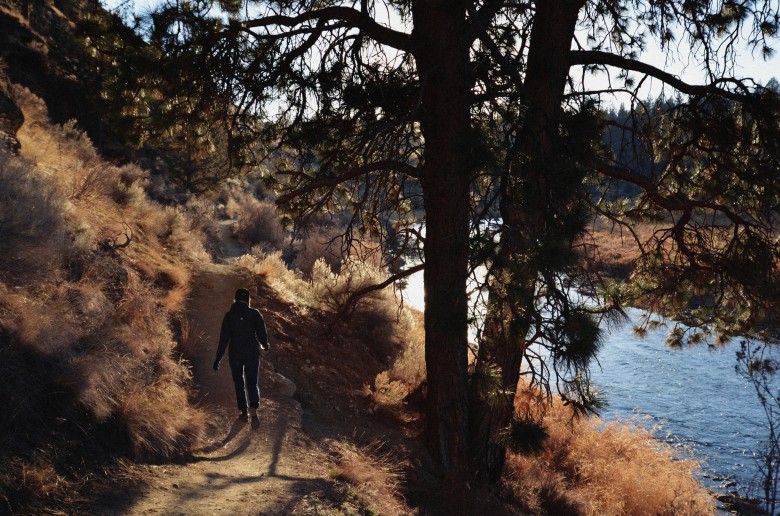
Our goals are simple. The first is to remove the blanket ban on bicycling and give land managers the discretion to determine whether a given trail is appropriate, or not, for mountain bikers. We recognize that, just as a blanket ban is wrong, a blanket permit for bikes would be wrong as well. Our goal is to make access restrictions fairer, based on science, and appropriate for each area and trail that is designated as Wilderness. Our second goal is to give land managers the ability to use modern tools to maintain the trails under their care, i.e., a wheelbarrow or a chainsaw instead of hand tools of ancient pedigree. This goal will improve the condition of our trails and make them more sustainable for all user groups and less environmentally damaging than they are today.
What can I do to help?
The main thing the Sustainable Trails Coalition currently needs is money. We have managed to raise nearly 50 percent of the funds that will be needed to pay for a year of help in Washington, D.C., and our efforts in D.C. have begun. We need an additional $70,000. So if you can donate a little, or a lot, that will seriously help our efforts. Once STC’s D.C. work reaches a certain point, when a bill is introduced, it will be time to write to your senators and member of Congress. STC will inform everyone when that time comes.
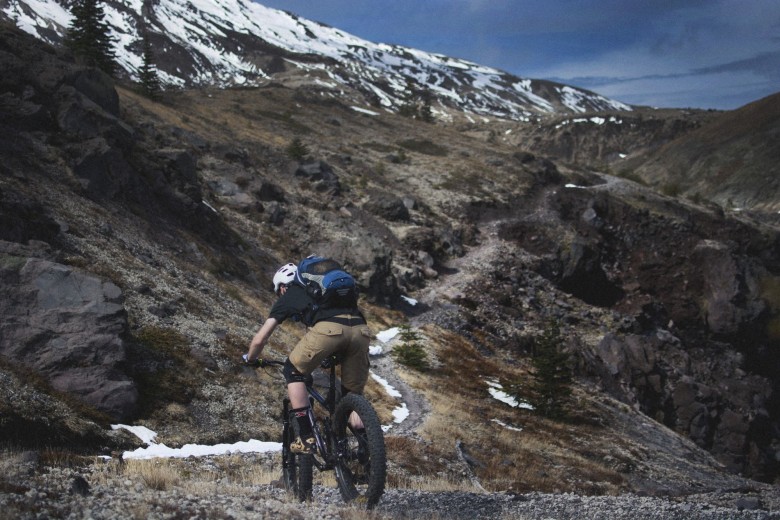

For more information on the topic head to: Sustainable Trails Coalition
Words: Jackson Ratcliffe, Board Member of the Sustainable Trails Coalition Photos: STC, Gabriel Amadeus
Did you enjoy this article? If so, we would be stoked if you decide to support us with a monthly contribution. By becoming a supporter of ENDURO, you will help secure a sustainable future for high-quality mountain bike journalism. Click here to learn more.







